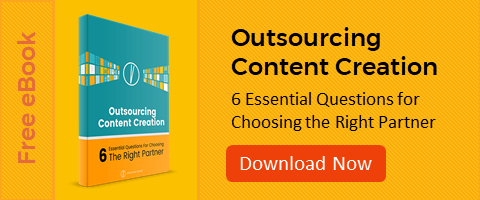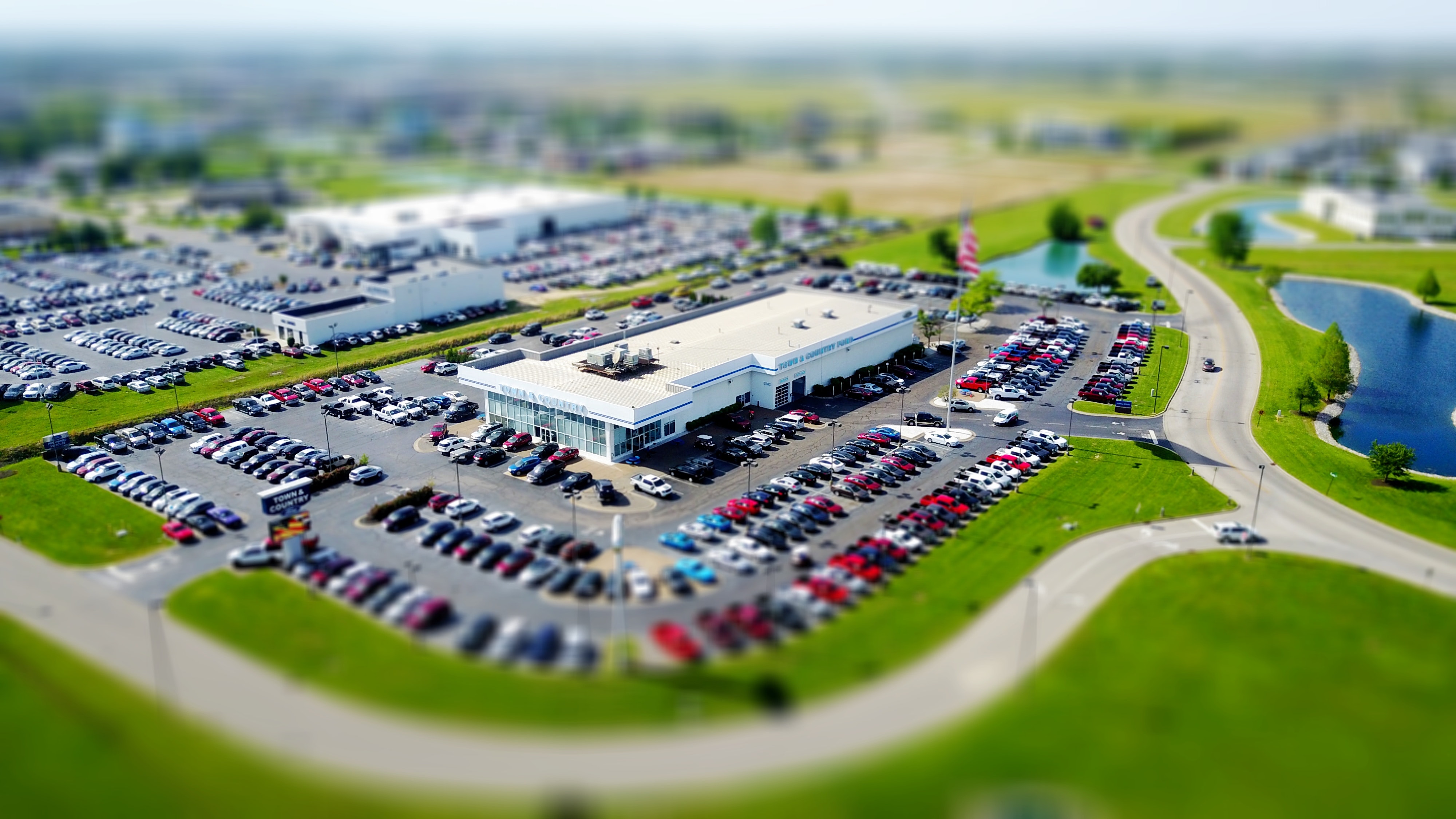You – yes you – could be sitting on a treasure trove of marketing assets. Perhaps you put them on display, but over time, you failed to notice their potential behind a dust-covered frame. Or perhaps you created well-conceived marketing resources, but forgot they ever even existed. Either way, your marketing materials, such as e-mails, blog posts, website content, videos and images, are invaluable tools that can help drive traffic to your site when successfully employed.
In the often crowded and noisy online world, you need your digital assets to stand out, and two ways to command attention are rented and owned marketing assets. Keep reading to learn more about the benefits of each.
What’s The Difference Between Rented and Owned Marketing Assets?
Marketing assets serve to inform, inspire, educate, entertain and eventually sell to prospects. With nearly limitless marketing opportunities available, your business requires a strategic budget that allocates funds where they’re most effective. A smart marketing plan comprises two fundamental elements: rented and owned marketing assets.
Rented Marketing Assets
In the 2016 B2B Content Marketing Benchmarks, Budgets and Trends – North America report by Content Marketing Institute, search engine marketing (SEM) was the top paid advertising method used by B2B marketers to promote content. In fact, 66% of respondents said they used SEM to distribute their content, and 55% considered SEM to be the most effective paid advertising method, beating out promoted posts and social ads. While somewhat costly, search engine marketing is an invaluable tool that helps boost your marketing efforts by encouraging clicks.
Advertising services, like Google AdWords and Microsoft Bing Ads, allow you to rent digital marketing assets in the form of monthly ad spending. Take Google AdWords for example. This advertising system allows marketers to bid on keywords relevant to their target audience in order for clickable ads to appear in Google’s search results. Every time an ad is clicked, the advertiser must pay the publisher – in this case, Google. Referred to as pay-per-click (PPC) or cost-per-click (CPC), this advertising model can be used to direct traffic to your website.
In addition to the aforementioned services, social media websites, like Facebook and Twitter, also use a PPC system, letting you target specific demographics, geographical regions, user interests and more. No matter which advertising system you use, remember that rented media is only temporary. That’s why a well-rounded marketing strategy supplements its paid and rented digital assets with owned marketing media.
Owned Marketing Assets
Marketing materials that you own, like your website, blog, landing pages and ebooks, help drive organic traffic. Rather than promoting your content through a paid service, owned marketing assets help grow your organic presence, providing long-term growth benefits. In order to improve the return on investment (ROI), you must generate relevant and fresh content to drive SEO.
According to the 2017 Search Engine Optimization Survey conducted by Ascend2, 57% of marketers said creating relevant content was the most effective SEO tactic used to meet their goals, which included traffic generation, search rankings, lead conversion, brand awareness and sales revenue. For this reason, it’s important to create rich content that draws readers in, takes them on a journey and drives them to take action.
Unmediated by a third party, owned content lets you deliver information directly to your audience, and if you haven’t touched the content on your website for a while, it may be time for a little spring cleaning. Consider revamping an old blog post or rewriting a service page using long-tail keywords. By learning your audience and using relevant keywords that are sure to achieve high rankings, readers will be better able to find your content organically through a search engine or social media links.
Strengthen Your Owned Assets with Paid Media
Now that you know the difference between marketing assets, you may wonder which method will work best for your business. However, using both rented and owned media may deliver the results you’ve been looking for.
Paid advertising is a great way to get your owned content in front of a new audience, and services, like Promoted Tweets and LinkedIn Sponsored Updates, garner their fair share of engagement. Let’s say you have a service you want to promote and you’ve created a great landing page that’s already started to drive organic traffic. Wouldn’t you like to have even more eyes on your content? With rented marketing assets, viewers can click the ad you’ve paid for and arrive right where your owned content lives.
There’s no doubt that paid and owned media strategies require a commitment of time, energy and resources to execute properly. But when done right, they can drive tremendous traffic to your site, and in turn, increase sales. If you know you need help with creating complex marketing assets, but are unsure which kind of content creators would best serve your business, download our free ebook, Outsourcing Content Creation: 6 Essential Questions For Choosing The Right Partner, to learn more.
About Virtucom Group
Consistent business blogging yields results – more clicks, more subscribers and – ultimately – more conversions. Whether you’re writing an automotive blog, an accounting blog, a healthcare blog or a home renovation blog, blogging for business and content development are useful for any industry. Follow the content writers at the Virtucom Group blog as they share digital marketing tips and discuss website content writing services that can optimize your business blog.






